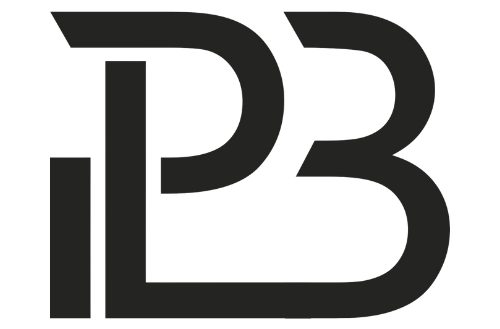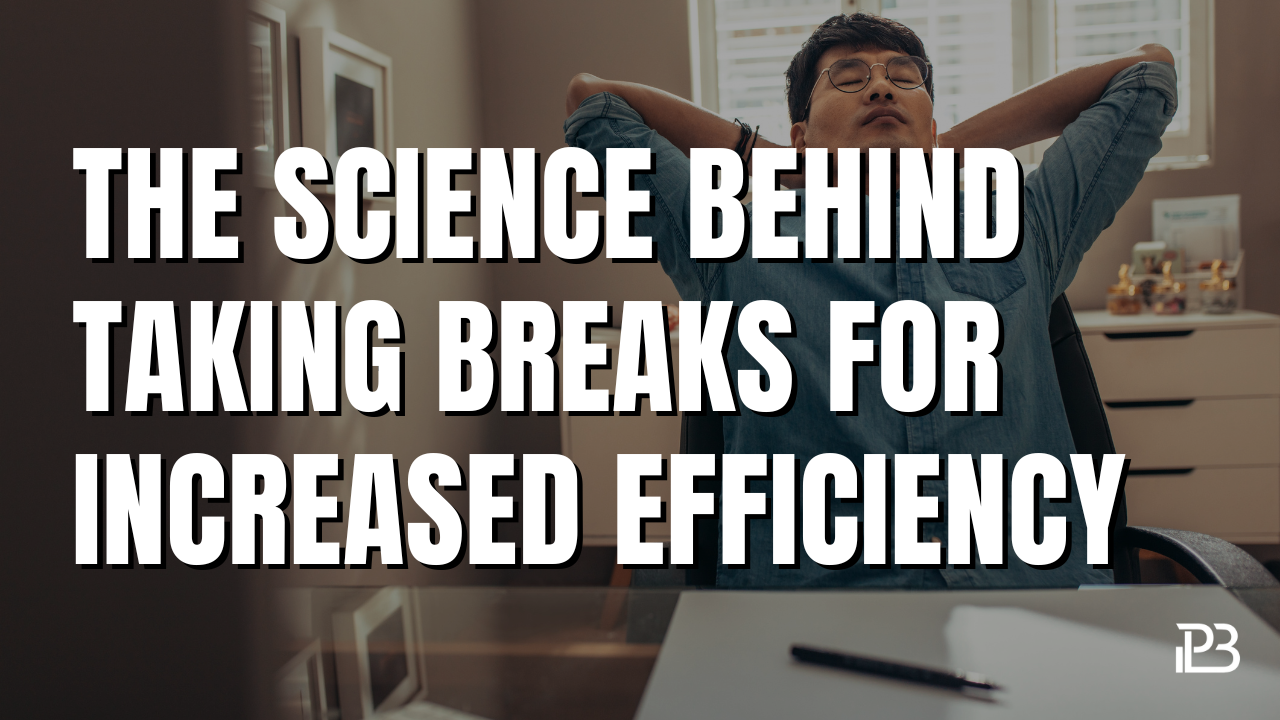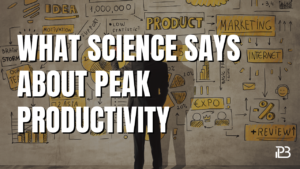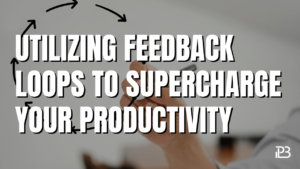Explore the scientific reasons why taking regular breaks boosts efficiency and productivity. Learn how to effectively structure breaks during your workday with tips and recommended productivity tools.
In the relentless pursuit of efficiency and productivity, the concept of taking regular breaks might seem counterintuitive. Yet, a growing body of scientific evidence suggests that strategic pauses throughout the workday are not just beneficial—they’re essential for maintaining peak performance. This article delves into why breaks are crucial for sustaining high levels of efficiency and offers guidance on structuring them for maximum benefit.
The Role of Breaks in Enhancing Efficiency
Cognitive Replenishment
The human brain operates optimally when given intermittent rest periods. Just as muscles fatigue after prolonged use and require rest, our cognitive resources also deplete after sustained periods of focus and concentration. Breaks serve as a time for cognitive replenishment, allowing the brain to recover and return to tasks with renewed focus and energy.
Stress Reduction
Continuous work without adequate breaks can lead to increased stress levels, negatively impacting overall health and productivity. Taking short breaks throughout the day provides an opportunity to lower stress, leading to better mental health and improved efficiency upon returning to work tasks.
Boosted Creativity
Breaks can also enhance creativity. Stepping away from work allows the subconscious mind to mull over problems and generate ideas. This “incubation period” is crucial for creative thinking and often leads to breakthroughs that wouldn’t occur during non-stop work.
Structuring Breaks for Optimal Efficiency
The Pomodoro Technique
One effective method for structuring breaks is the Pomodoro Technique, which involves working for 25 minutes followed by a 5-minute break. This short pause helps prevent burnout and keeps the mind fresh. After four cycles, take a longer break of 15-30 minutes to fully recharge.
Movement Breaks
Incorporate physical activity into your breaks. A short walk, stretching, or any form of light exercise can help reduce the physical and mental fatigue associated with sitting for long periods, enhancing overall efficiency.
Mindfulness and Relaxation
Utilize breaks for mindfulness or relaxation exercises. Practices such as deep breathing, meditation, or even daydreaming can help clear the mind and reduce stress, leading to improved concentration and efficiency when returning to work.
Unplugging
Make a conscious effort to unplug during breaks. Stepping away from all screens and digital devices allows for a complete mental break, helping to refresh your cognitive resources.
Enhancing Efficiency with Breaks: Tools and Resources
To maximize the benefits of taking breaks, consider leveraging productivity tools designed to help structure and optimize your time.
- Productivity Timer App: Apps like Be Focused or Focus Booster use the Pomodoro Technique to help you manage your work sessions and breaks effectively, ensuring you’re taking regular pauses to maintain efficiency.
- Productivity Books: For those looking to delve deeper into the science and strategy behind efficient work habits, books such as “The Productivity Project” by Chris Bailey offer insights and practical advice on improving productivity, including the role of breaks. Bailey’s exploration of productivity techniques provides a comprehensive guide to working smarter.
Conclusion
Taking regular breaks is not just a nice-to-have; it’s a critical component of maintaining efficiency and productivity. By allowing for cognitive replenishment, stress reduction, and enhanced creativity, breaks can significantly improve how effectively you work. Implementing structured breaks into your day and utilizing tools like productivity timer apps can help ensure you’re getting the most out of your time. Remember, achieving peak efficiency isn’t about working harder but working smarter—with breaks being a key strategy in your productivity arsenal.
Read More:





Pingback: Mastering Deep Work: Strategies for Focused Success - Project Lion's Blueprint
Pingback: Productivity Science Unveiled: What Efficiency Experts Say About Achieving Peak Productivity - Project Lion's Blueprint
Pingback: Exploring Time Management Theories and Their Application - Project Lion's Blueprint
Pingback: The Art of Habits Formation for Superior Productivity - Project Lion's Blueprint
Pingback: Cultivating a Productivity Mindset: Mental Models and Attitudes - Project Lion's Blueprint
Pingback: The Secrets to Effective Task Prioritization - Project Lion's Blueprint
Pingback: The Critical Role of Rest in Enhancing Productivity - Project Lion's Blueprint
Pingback: Winning the Battle Against Distractions - Project Lion's Blueprint
Pingback: Leveraging Technology for Streamlined Efficiency - Project Lion's Blueprint
Pingback: Designing Your Workspace for Maximum Productivity - Project Lion's Blueprint
Pingback: The Link Between Mental Health and Productivity - Project Lion's Blueprint
Pingback: Utilizing Feedback Loops to Supercharge Your Productivity - Project Lion's Blueprint